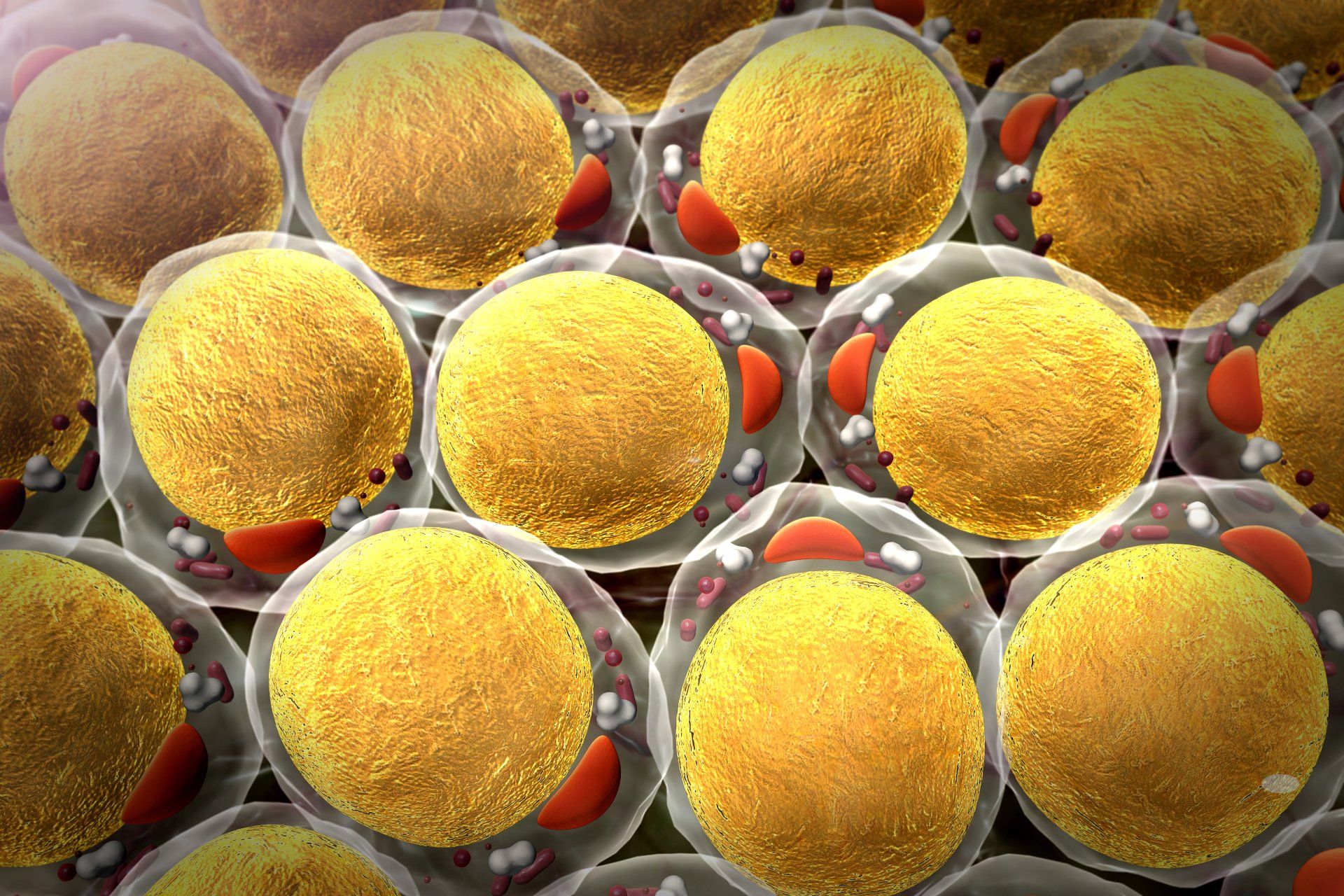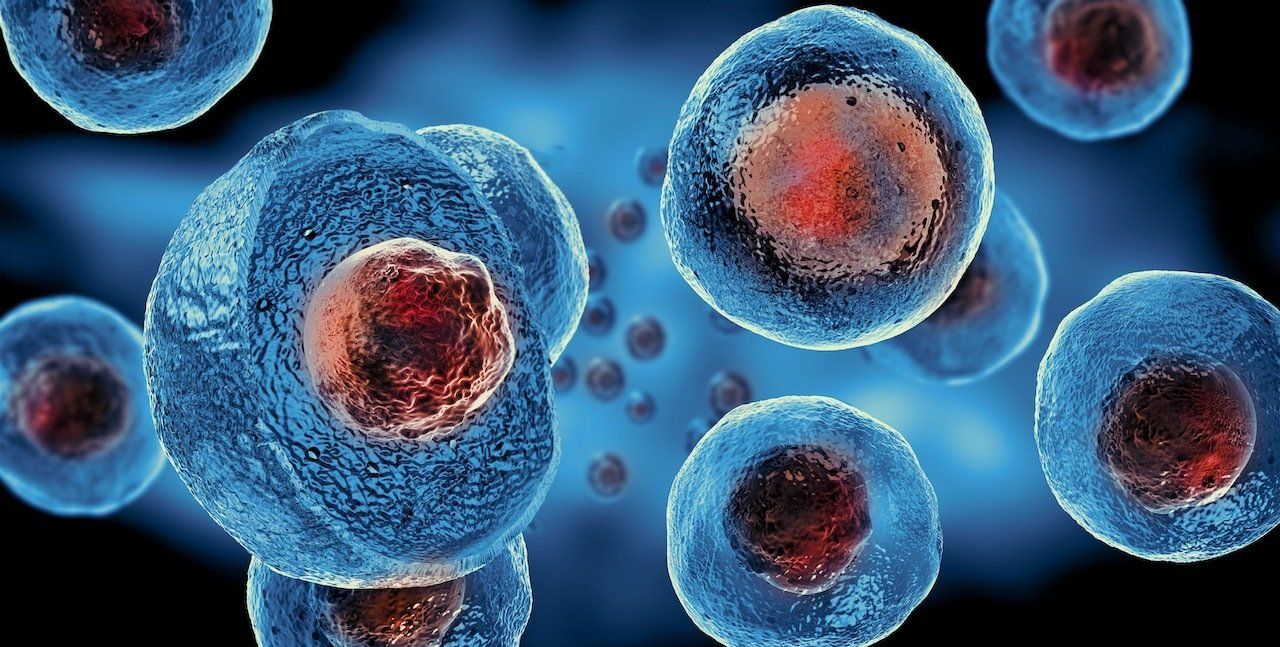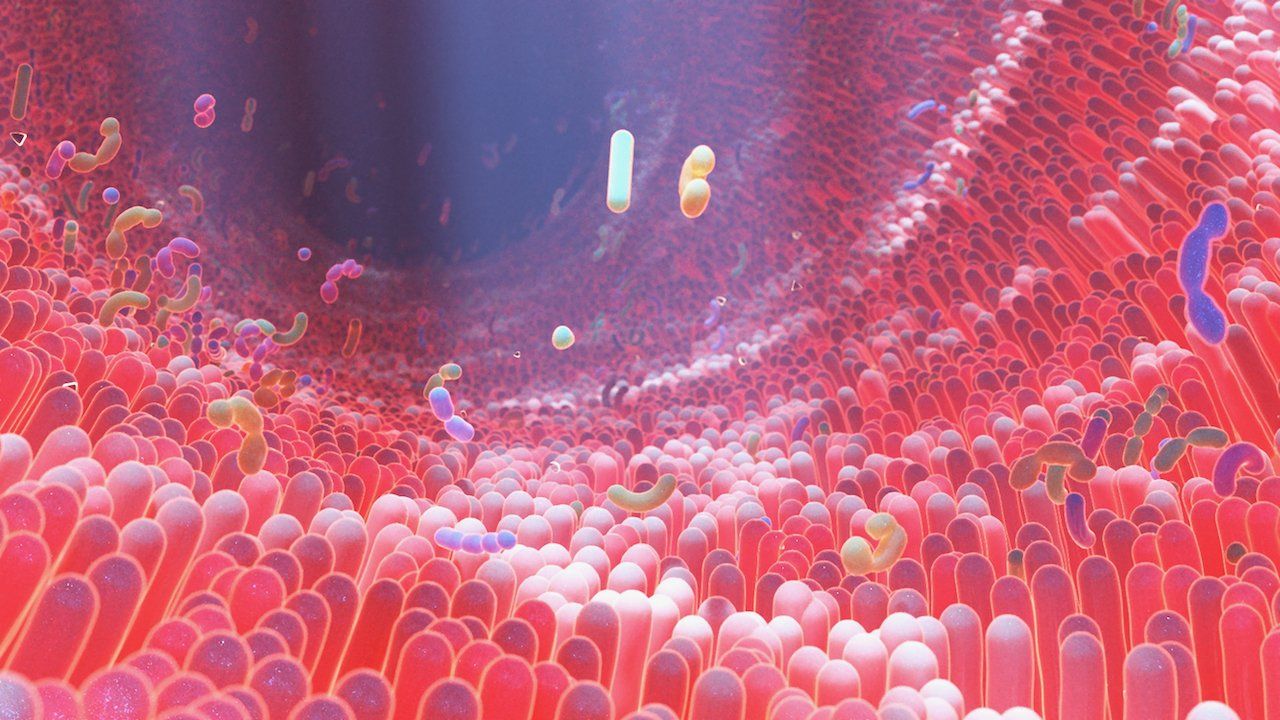Bringing Extinct Species Back to Life: The Science of Jurassic Park
What if we could bring extinct species back to life? The science of Jurassic Park explores this possibility, and while it may seem like something out of a movie, there is actually some truth behind it. Scientists are studying ways to resurrect extinct species, and while there are many challenges to this process, the potential rewards are great. In this blog post, we will explore the science of Jurassic Park and discuss what it would take to bring extinct species back to life.
Resurrecting the extinct!
Resurrecting extinct species is not an easy task. It requires a lot of research and work to find the right DNA and to figure out how to recreate it. However, the potential rewards are great. If we could bring back extinct species, it would be like having a window into the past. We could learn so much about them and their ecology. Additionally, it would be a great way to preserve biodiversity. So, while the process is challenging, it is definitely worth pursuing.
CRISPR
CRISPR is a technology that is being used for a variety of applications, including resurrecting extinct species. CRISPR, short for Clustered Regularly Interspaced Short Palindromic Repeat, is gene-editing technology. It's high-tech DNA precision scissors or a scalpel that works on the molecular level. As a result, if we have the DNA of an extinct species, we may use CRISPR to modify it and make it viable again. This is a very exciting development, as it means that we can bring back extinct species.
The idea of resurrecting extinct species is not new. The ancient Greeks wrote about it and even attempted to do it themselves. In the early 1800s, French naturalist Georges Cuvier resurrect an animal he called a "living fossil." It was actually a hoax, but the idea caught on and has been popular ever since.
In 2013, scientists announced they had successfully resurrected the gastric-brooding frog, which went extinct in 1983. The team used genetic material from museum specimens to bring the species back to life. This is an incredible feat and offers hope that other extinct species may one day be resurrected.
Woolly mammoth
Currently, there are two projects to bring back the wooly mammoth and they are in the early stages. The first is led by a team of Russian and Japanese scientists who are working to resurrect the species using DNA from frozen woolly mammoth specimens. The second project is being led by a team of Harvard scientists who are hoping to use CRISPR technology to bring the species back to life.
Both projects are still in the early stages, but they offer hope that we may one day be able to resurrect extinct species. It is an incredible feat of science and offers us a glimpse into the future of what may be possible. Who knows, maybe one day we will even be able to bring back the dinosaurs!
Conclusion
There are many challenges to resurrecting extinct species, but the potential rewards are great. With continued research, we may be able to bring back some of the amazing creatures that have been lost to time.
What do you think about the possibility of resurrecting extinct species? Do you think it is something that should be done? Let us know in the comments below. Thanks for reading!
If you’re interested in learning more about resurrecting the extinct species and how to make your DNA work for you, check out my new book, Understanding Genomics; How Nutrition, Supplements, and Lifestyle Can Help You Unlock Your Genetic Superpowers.
For those who want to live a longer and healthier life, this book is a must-read! Order a copy today!
Until then, stay healthy and happy!
Dr. Marios Michael
Resources:
- Poinar H.N. Schwarz C. Qi J. Shapiro B. Macphee R.D. Buigues B. Tikhonov A. Huson D.H. Tomsho L.P. Auch A. et al. Metagenomics to paleogenomics: large-scale sequencing of mammoth DNA. Science. 2006; 311: 392-394
Please Note: This blog post is for informational purposes only and does not constitute medical advice nor does it establish a practitioner-patient relationship. If you have any concerns about your health, please consult with a qualified healthcare professional.
These statements have not been evaluated by the Food and Drug Administration. This product is not intended to diagnose, treat, cure, or prevent any disease.
Telehealth Consult
HIPAA-compliant
Contact Us
We will get back to you as soon as possible.
Please try again later.
Austin
(512) 450- 2952
2499 South Capital of Texas HWY
Building B Suite 202
Austin, TX 78746

Los Angeles
(626) 440 -7406
424 N. Lake Ave. Suite 102
Pasadena, CA 91101











